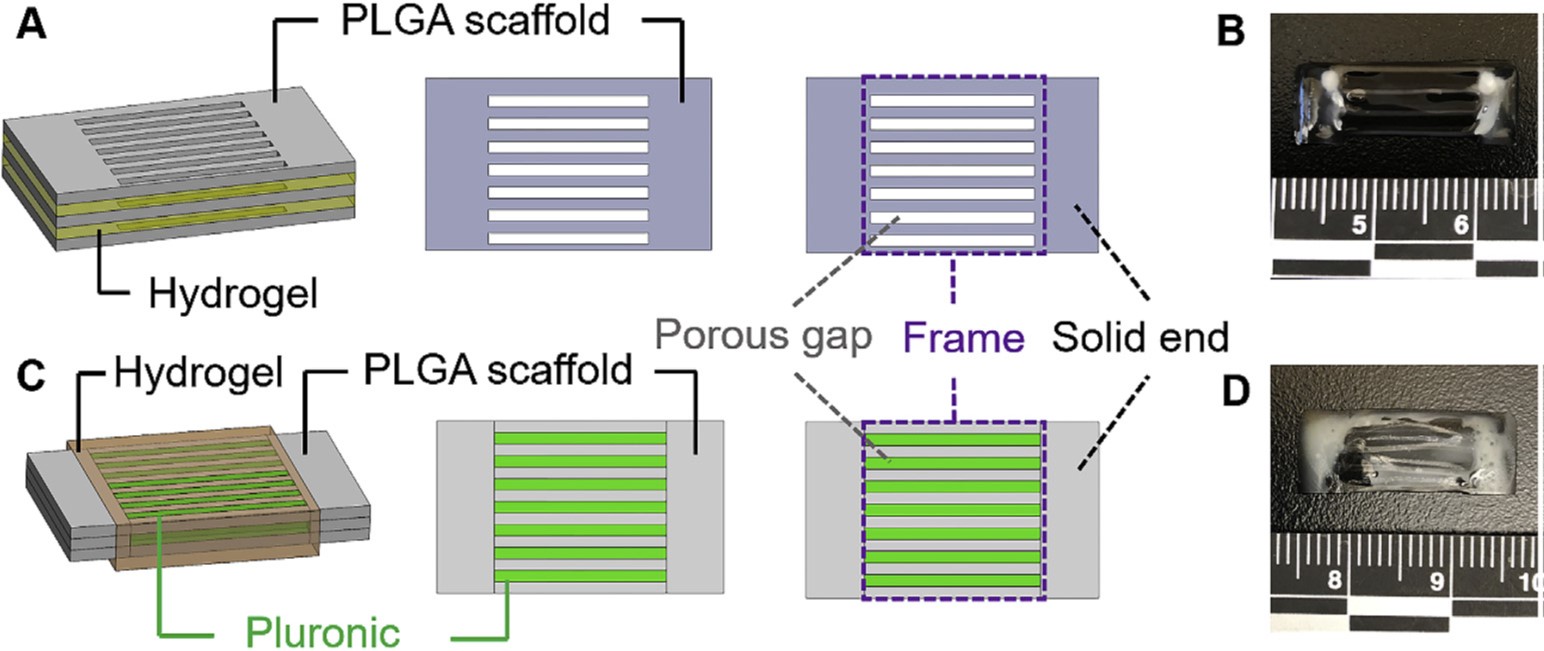3D Printed PLGA + VitroCol Scaffold
05/13/20
Publication Title:
3D Printing of Multilayered Scaffolds for Rotator Cuff Tendon Regeneration
Advanced BioMatrix Products Used:
Type I Collagen Hydrogels eBrochure
How the products were used:
VitroCol® was used to make 3D hydrogels within a 3D printed PLGA scaffold. The final scaffold is intended for rotator cuff tendon regeneration.
Article Abstract:
Repairing massive rotator cuff tendon defects remains a challenge due to the high retear rate after surgical intervention. 3D printing has emerged as a promising technique that enables the fabrication of engineered tissues with heterogeneous structures and mechanical properties, as well as controllable microenvironments for tendon regeneration.

In this study, we developed a new strategy for rotator cuff tendon repair by combining a 3D printed scaffold of polylactic-co-glycolic acid (PLGA) with cell-laden collagen-fibrin hydrogels. We designed and fabricated two types of scaffolds: one featuring a separate layer-by-layer structure and another with a tri-layered structure as a whole.
Uniaxial tensile tests showed that both types of scaffolds had improved mechanical properties compared to single-layered PLGA scaffolds. The printed scaffold with collagen-fibrin hydrogels effectively supported the growth, proliferation, and tenogenic differentiation of human adipose-derived mesenchymal stem cells. Subcutaneous implantation of the multilayered scaffolds demonstrated their excellent in vivo biocompatibility. This study demonstrates the feasibility of 3D printing multilayered scaffolds for application in rotator cuff tendon regeneration.
Link to the publication:
https://www.sciencedirect.com/science/article/pii/S2452199X20300773



